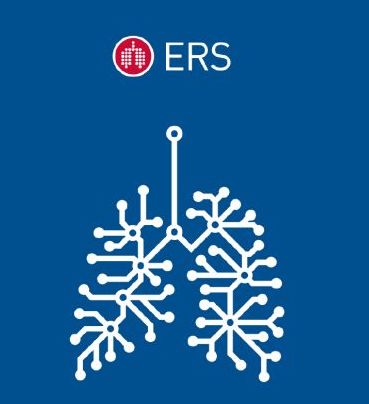Reflections from ECM2022, Copenhagen, July 2022

The Extracellular Matrix Pharmacology Symposium 2022, aka ECM2022, took place in Copenhagen a couple of weeks ago. The focus of this three-day meeting was very much on the role of collagens and other extra-cellular matrix components in health and disease. What did we learn? A lot about the basic structure and function of matrix proteins, […]
Workshops reloaded

At TherapeutAix, we have a number of tools to support our clients. In addition to, for example, the MIRIADD approach and our R&D network, we organise and moderate bespoke workshops for our clients. As workshops are a highly efficient and engaging means to work through scenarios and identify potential solutions, we are using them for […]
Rare and common diseases – where’s the link?

It’s Rare Disease Day. Last year on our blog, we looked at how rare diseases can help better our understanding of common diseases. This year, we delve into whether the reverse can be true as well. What is a rare disease? In the European Union, a disease is categorised as ‘rare’ if it affects fewer […]
Adoption and cost-effectiveness of IPF therapies

Fibrotic remodelling occurs in many diseases. Thinking about idiopathic pulmonary fibrosis (IPF) as a ‘purely’ fibrotic condition, with currently unknown aetiology, may offer strategic insights into IPF drug development that are similarly applicable to other indications. In this blog we look at the adoption and cost-effectiveness of two approved IPF therapies, nintedanib and pirfenidone, and […]
Happy Birthday TherapeutAix! Celebrating our third year

As TherapeutAix celebrates our three-year birthday this month, we thought it would be a great opportunity to take a look back at our achievements over the last year and share some of our top highlights, including events we’ve hosted and attended, projects we’ve worked on, and our latest publications. Welcoming new partners Following a fruitful […]
Reflections from ERS

Having joined a wide range of sessions at the virtual ERS meeting last week, we were keen to share some of our reflections. Despite the virtual format there was still a huge amount of information, so we have decided to limit this to just 4 take-home messages that we came away with. What’s next in COPD? When working with […]
Working in Respiratory Diseases – Our Capabilities

As this year’s ERS meeting is about to kick off, we’ve looked back at the last three years at TherapeutAix and the 20 projects we have supported in the respiratory space. Most of these projects have been in pulmonary fibrosis, but there were also projects targeting COPD and other pulmonary indications. Our work in the […]
Collaboration and Outsourcing in Drug Discovery – Presentation

Last month, we had the pleasure of hosting the “Collaboration and Outsourcing in Drug Discovery” Workshop at this year’s Bio2Business BOS Virtual event. The workshop provided an excellent opportunity to explain the TherapeutAix Approach, using science-led collaboration with our network of R&D partners to offer bespoke solutions to challenges. Included in the workshop were talks […]
NASH – Challenges for drug development

It’s International NASH Day – and it’s also a while since we have last discussed NASH on the blog. In fact, even more has changed from the time when our review on NASH was published in 2019 – all 4 Phase III programs that were ongoing at that time (for obeticholic acid, elafibranor, cenicriviroc, and […]
Pitfalls with Oral Drug Administration in IPF

In the first 3 parts of our blog series on targeted delivery in idiopathic pulmonary fibrosis (IPF), we focused on the potential of inhaled delivery and other targeting strategies to deliver efficacy uplifts for agents as an add-on to the standard of care, while minimising the likelihood of additive side effects. In this fourth installment, we highlight […]

